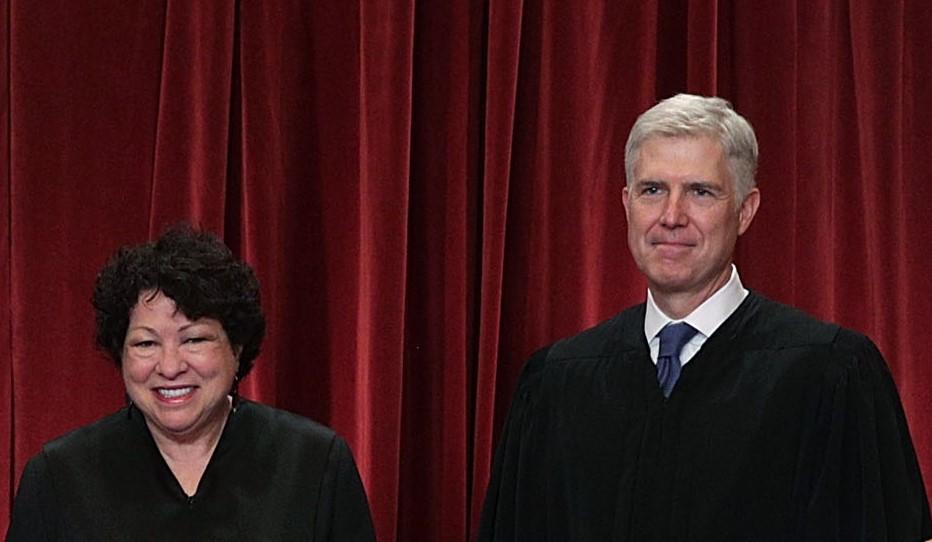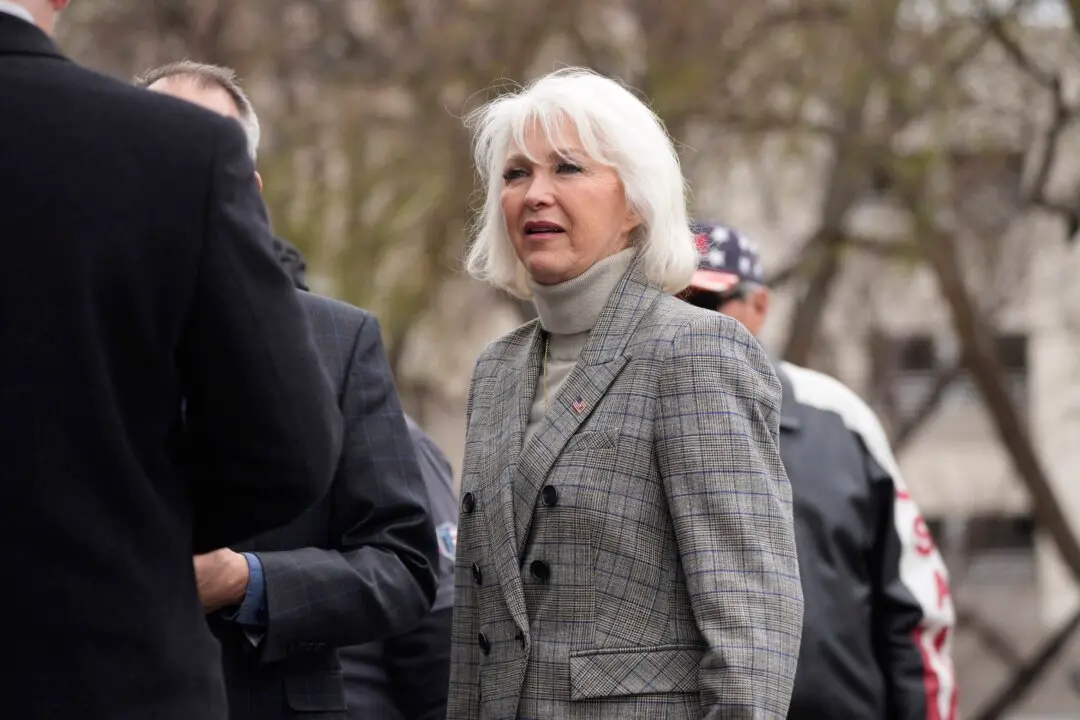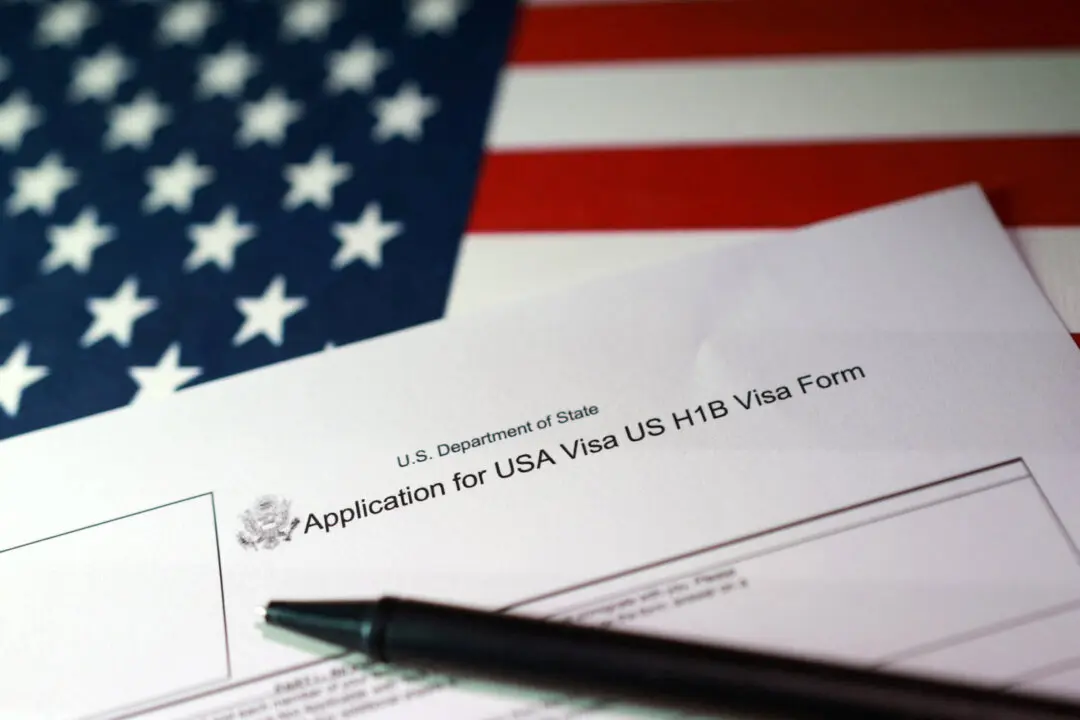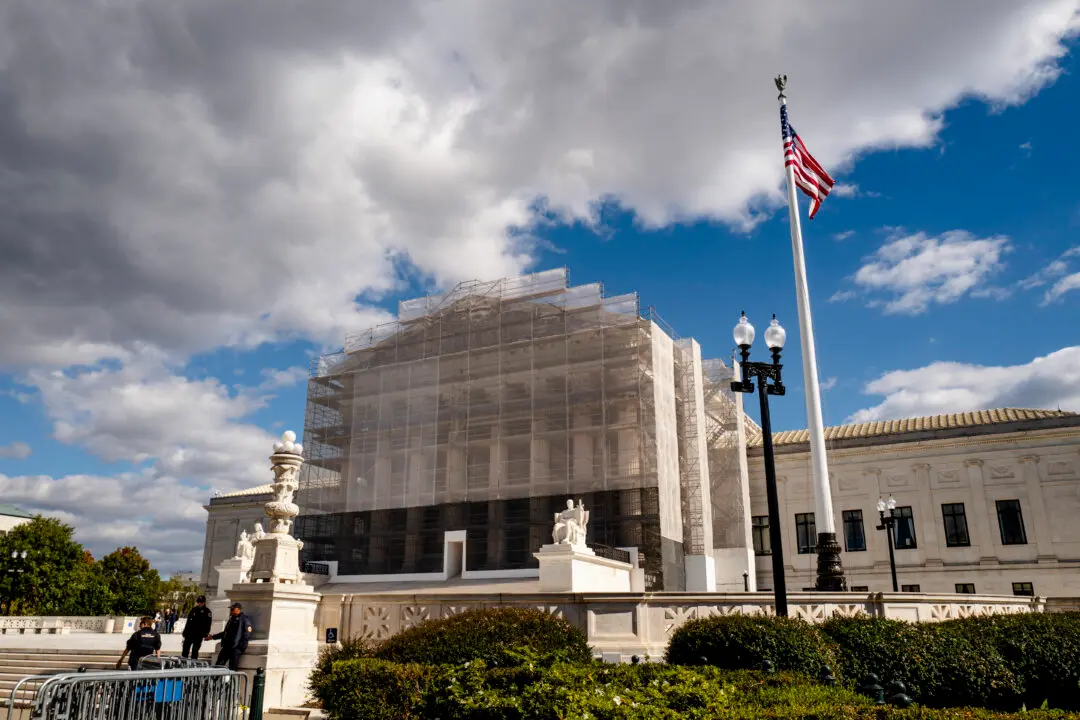The Supreme Court appeared sympathetic on Jan. 10 to an Arizona man contesting his drug convictions because the state presented a substitute expert witness to testify against him at trial who never analyzed the confiscated drugs.
In Smith v. Arizona, Jason Smith entered not guilty pleas to five drug offenses in Yuma County, Arizona. The state sent the drug evidence to a state-run crime laboratory, but the expert witness who testified against him at trial was different from the expert who performed the tests on the drugs. He challenged the substitution of the witness but was still convicted.





